Home>Ideas and Tips>How To Choose And Install The Right Bathroom Vanity For A Vessel Sink
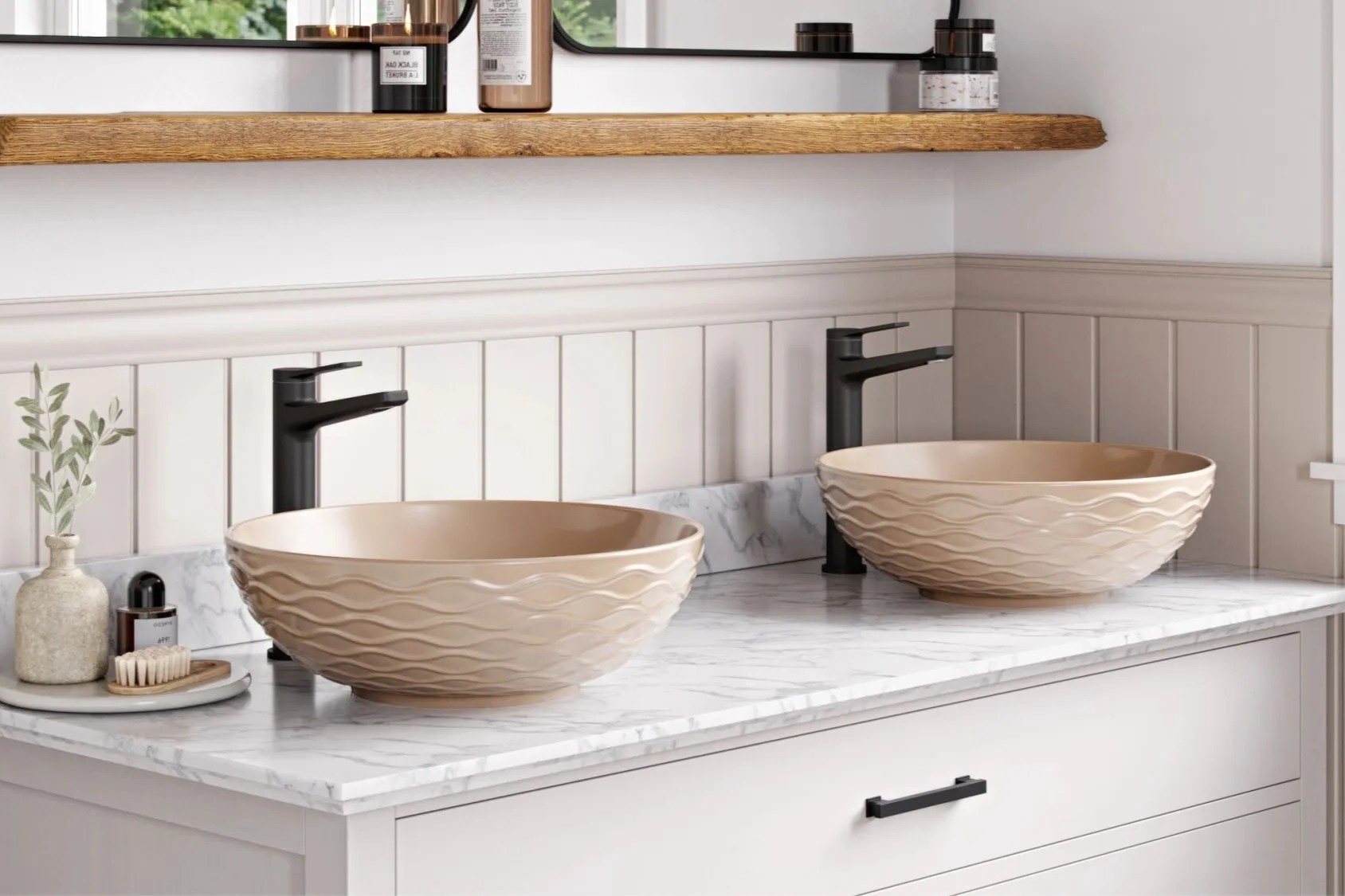

Ideas and Tips
How To Choose And Install The Right Bathroom Vanity For A Vessel Sink
Modified: October 27, 2024
Learn how to choose and install the perfect bathroom vanity for a vessel sink with our comprehensive guide. Maximize style and functionality effortlessly.
(Many of the links in this article redirect to a specific reviewed product. Your purchase of these products through affiliate links helps to generate commission for Storables.com, at no extra cost. Learn more)
Choosing the right bathroom vanity for a vessel sink can be a daunting task, especially with the numerous options available in the market. A vessel sink, with its unique design and placement on top of the countertop, requires a specific type of vanity that can accommodate its height and style. In this article, we will guide you through the process of selecting and installing the perfect bathroom vanity for your vessel sink.
Consider Who Is Going to Be Using It, and How
Before you start shopping for a vanity, it's essential to consider who will be using it and how. If you're renovating an ensuite for you and your partner, you may need a double sink vanity to accommodate both of your needs in the morning. On the other hand, if you're by yourself, a single vanity might suffice.
Additionally, think about how you will be using your vanity. If you like to do your makeup and hair, you'll want more counter space and storage to accommodate your supplies. For instance, if you're planning to use your bathroom for both personal grooming and as a guest bathroom, you might want to opt for a vanity with ample counter space and storage.
Find Out Where Your Plumbing Is Located
Plumbing will most likely dictate where your vanity is going to go. It's crucial to know the location of your plumbing before making any decisions about your vanity. Moving the plumbing can be costly and time-consuming, so it's best to work with the existing setup if possible.
For example, a floor-mounted vanity can make use of the typical plumbing layout without requiring any adjustments. However, a wall-mounted vanity might necessitate moving the plumbing hookups for your sink. If you decide to work with the existing plumbing setup, it will help you narrow down your vanity styles and ensure a smoother installation process.
Look At Potential Obstacles to Determine Placement and Size
When choosing a vanity, it's important to consider any potential obstacles in your bathroom. Measure the space carefully to determine where the vanity can fit comfortably without obstructing any other fixtures or creating a cluttered look.
For instance, if you have a small bathroom, a wall-mounted vanity might be a better option as it visually expands the available space and is easier to clean. However, if you have ample floor space, a floor-mounted vanity could provide more counter space and storage.
Determine Your Sink Style
The type of sink you choose will significantly impact the look and utility of your vanity. Vessel sinks are popular for their stylish design and customization options. However, they require specific faucet types to account for their additional height.
Here are some key considerations for each type of sink:
-
Undermount Sinks: These sinks are installed below the cutout in the cabinet or vanity top. They offer a flush design that makes cleanup easy and maximize available counter space. However, they do not include faucet holes, so faucets must be mounted to the vanity top or wall.
-
Drop-In Sinks: These sinks rest over the edge of a pre-cut hole in a cabinet or vanity. They are easy to install and available in many shapes, sizes, finishes, and faucet configurations. However, they may not provide as clean a look as undermount sinks.
-
Wall-Mounted Sinks: These sinks have no cabinetry support around them and bolt into the wall. They offer a unique, uncluttered look and are ideal for small bathrooms. However, they provide limited surface area and no storage space.
-
Pedestal Sinks: These classic sinks offer a traditional, elegant look but provide no counter space and limited storage. They are often used in powder rooms due to their stylish design element.
-
Vessel Sinks: These sinks sit on top of the countertop or vanity rather than inside it. They offer a stylish design element and are very customizable to match any decor. However, they require specific faucet types to account for their additional height.
Pick Out Materials That Will Handle Wear and Tear
Your vanity will come into contact with various substances during its life, including water, spilled makeup, and cleaning products. It will also be in a humid environment due to steam from showers. Therefore, it's crucial to choose materials that can withstand these conditions.
Consider wood veneers, laminate, or thermofoil—all materials that hold up well in bathroom environments and look good too. Additionally, choose a durable vanity top and avoid grouting that will be hard to clean later. Natural stone, quartz, and other countertop materials are excellent options for their durability and aesthetic appeal.
Measure Your Space Carefully
Before purchasing a vanity, measure your space carefully to ensure it fits comfortably. Consider the size of your sink and how much counter space you need. If you're using a vessel sink, you'll need a vanity that can accommodate its height without looking awkward.
For instance, if you're using a tall vessel sink (4-6 inches), you'll need a lower vanity height (around 30-32 inches) unless you're tall and prefer higher sinks.
Choose the Right Vanity Style
When choosing a vanity style for your vessel sink, consider the following:
-
Hanging Vanities: These vanities can be installed at any height without marring the cabinet. They are ideal for vessel sinks because they allow for flexibility in placement.
-
Custom Vanities: If you can't find a pre-made vanity that fits your needs, consider buying an old furniture piece and converting it into a cabinet for your vessel sink. This can add a unique touch to your bathroom design.
-
Standard Vanities: These vanities come with pre-drilled holes for faucets and drains but may not be suitable for vessel sinks due to their height. However, they can be modified to fit by drilling new holes or using an escutcheon plate to hide extra holes.
Consider Maintenance Practices
Vessel sinks can be more time-consuming to maintain than other types of sinks because water can stand around the base of the vessel. Establish good maintenance practices to get the longest life out of your finishes. Regular cleaning and ensuring proper drainage will help prevent water from pooling around the sink.
Install Your Vanity Properly
Once you've chosen the right vanity for your vessel sink, it's time to install it properly:
-
Prepare Your Space: Clear the area around where you'll be installing the vanity. Ensure that all plumbing fixtures are accessible and ready for connection.
-
Assemble Your Vanity: Follow the manufacturer's instructions to assemble any parts of your vanity that need to be put together before installation.
-
Mark Your Vanity: Use a level to mark where you'll place your vanity on the floor or wall. This ensures it's perfectly aligned and level.
-
Secure Your Vanity: Use screws or brackets to secure your vanity to the wall or floor as per manufacturer's instructions.
-
Connect Plumbing Fixtures: Connect all plumbing fixtures such as faucets and drains according to manufacturer's instructions.
-
Test Everything: Turn on water supply lines and test all fixtures to ensure they're working correctly.
-
Add Finishing Touches: Add any finishing touches such as installing countertops or backsplashes around your new vanity setup.
Final Tips
-
Customization is Key: With vessel sinks being highly customizable, make sure you choose a faucet that complements both the sink and overall bathroom decor.
-
Measure Twice: Measure twice before making any cuts or drilling holes in your countertop or cabinet to avoid mistakes that could lead to costly repairs.
-
Seek Professional Help: If you're unsure about any part of the installation process, consider seeking professional help from a contractor or plumber who has experience with bathroom renovations.
By following these steps and considering all factors involved in choosing and installing a bathroom vanity for a vessel sink, you'll be able to create a beautiful and functional space that meets all your needs. Remember that customization is key when working with unique pieces like vessel sinks, so don't hesitate to get creative with your design choices
Was this page helpful?
At Storables.com, we guarantee accurate and reliable information. Our content, validated by Expert Board Contributors, is crafted following stringent Editorial Policies. We're committed to providing you with well-researched, expert-backed insights for all your informational needs.
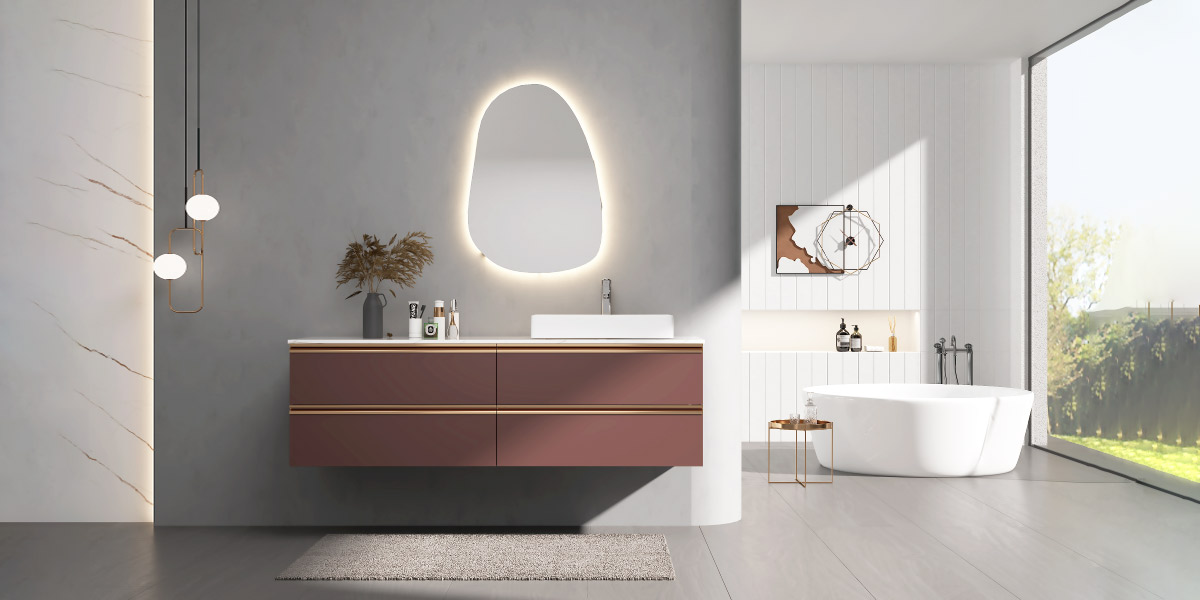
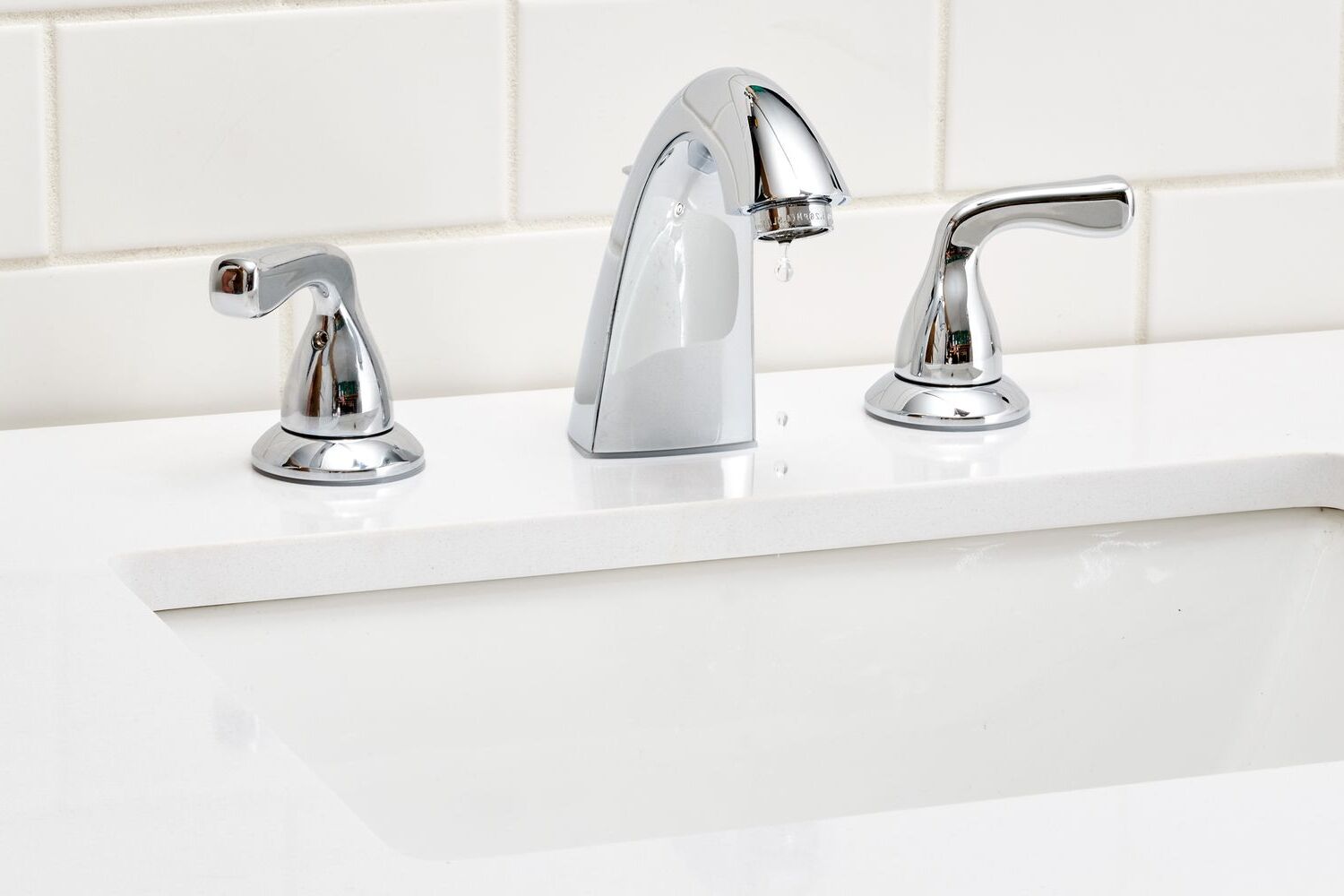
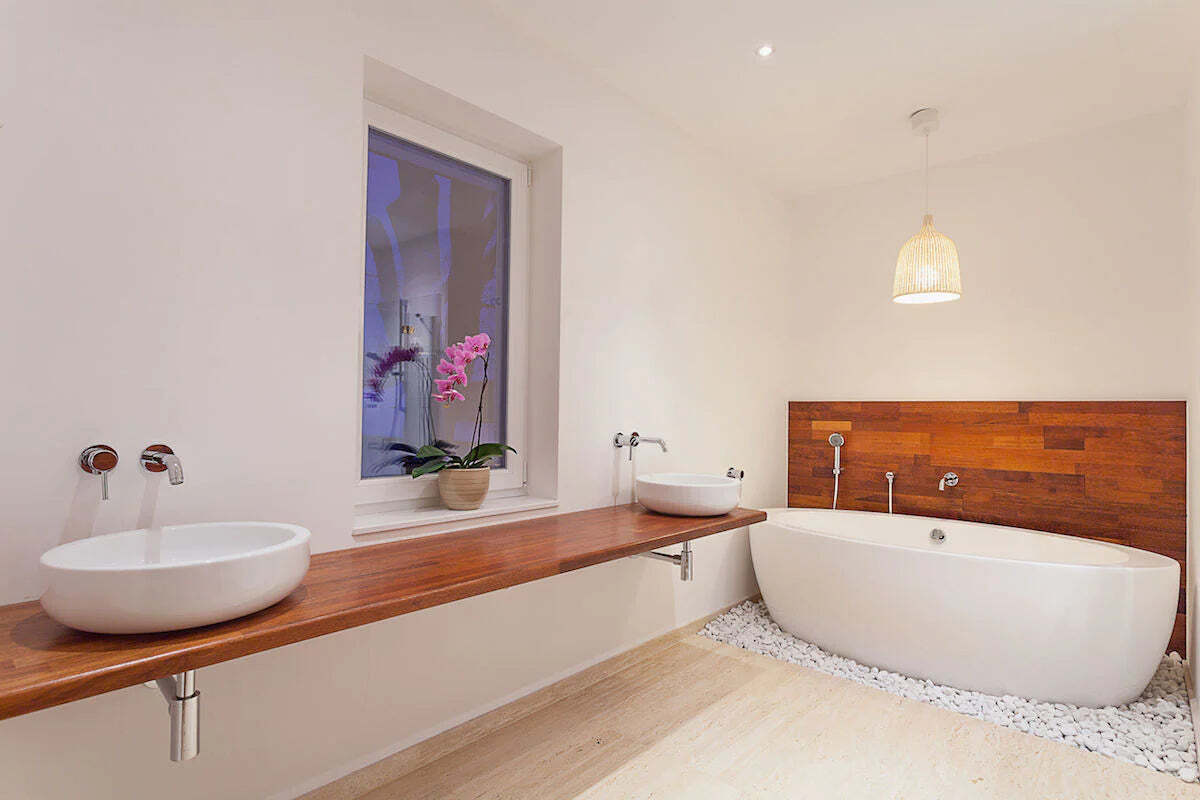
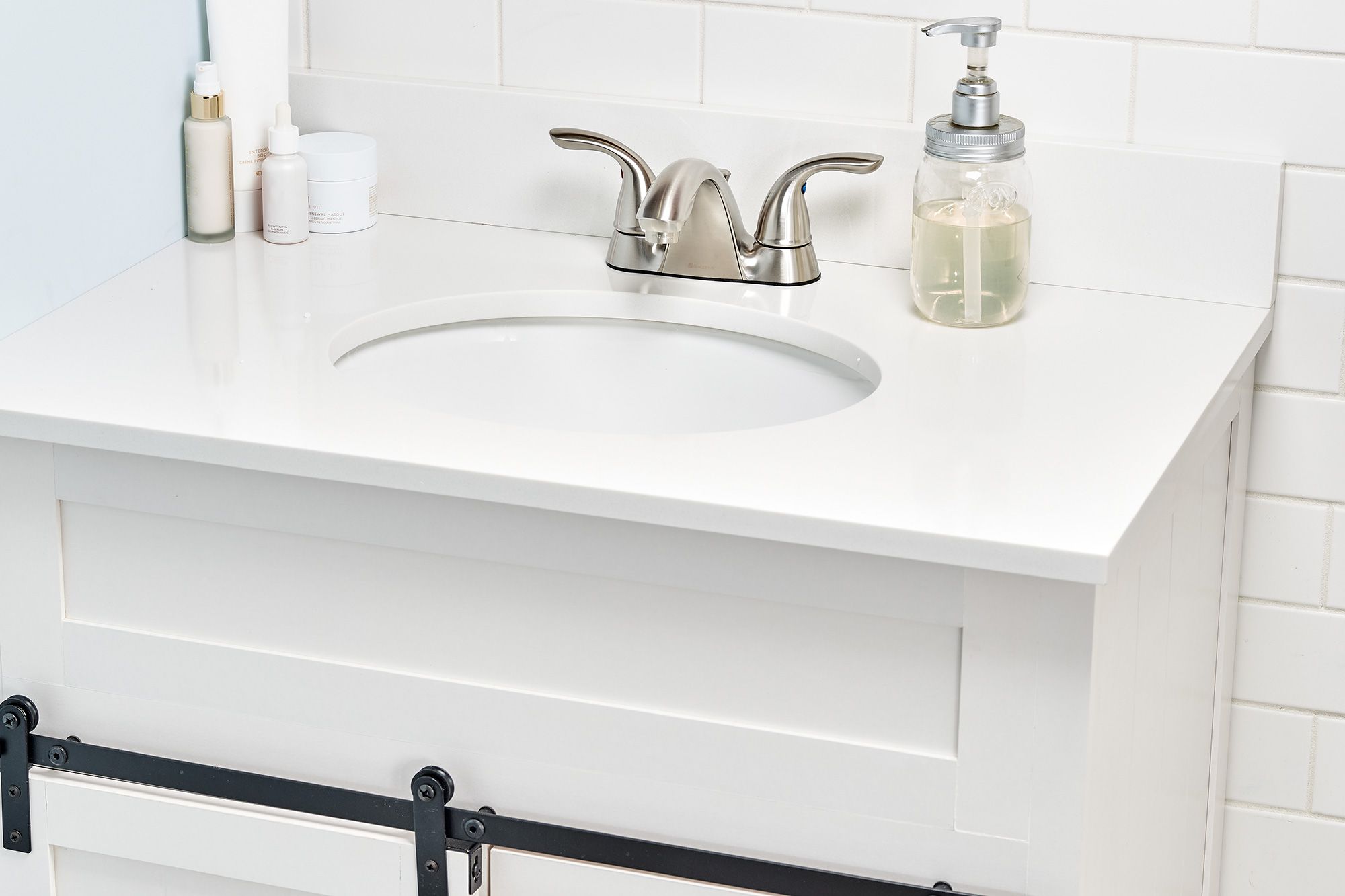
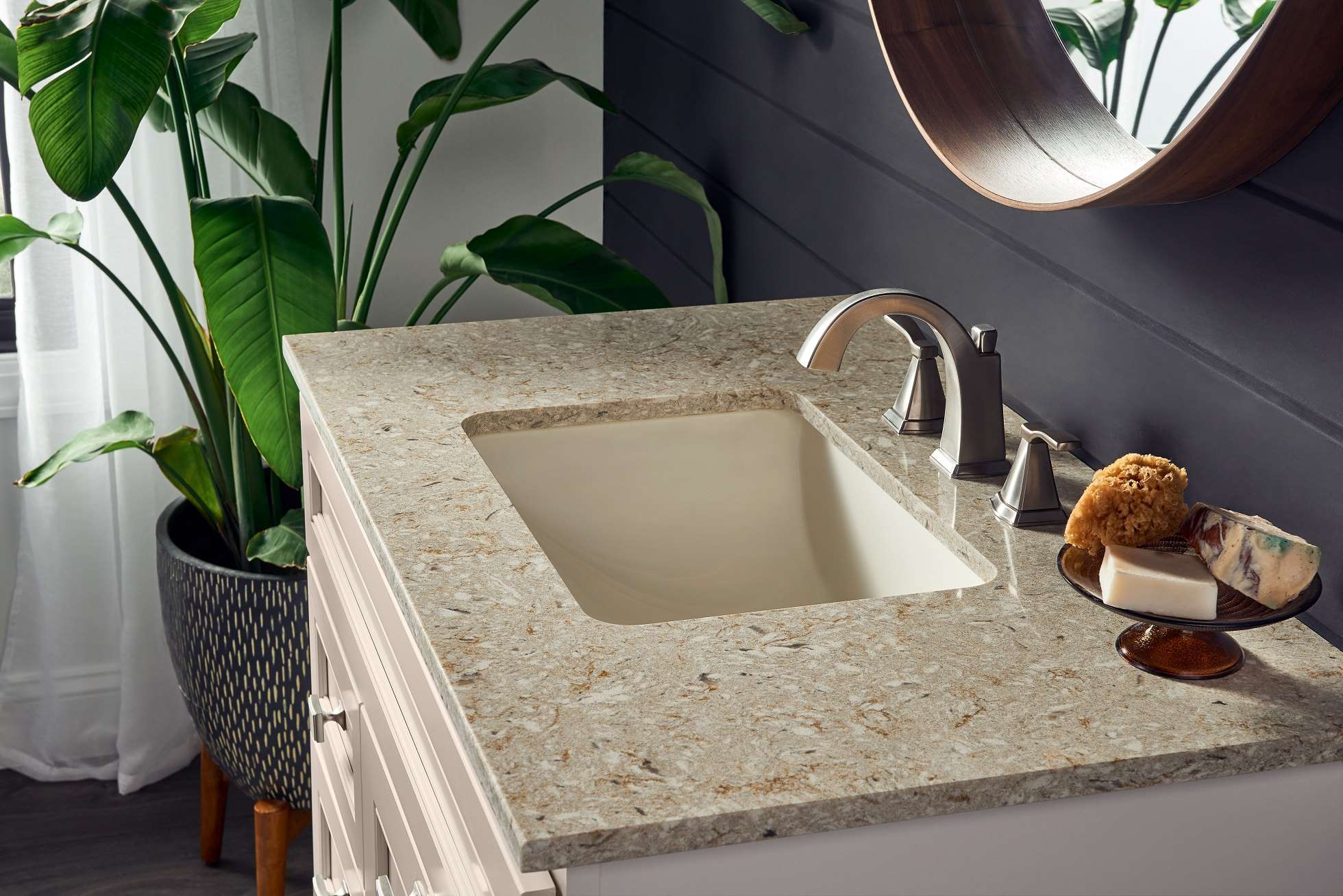
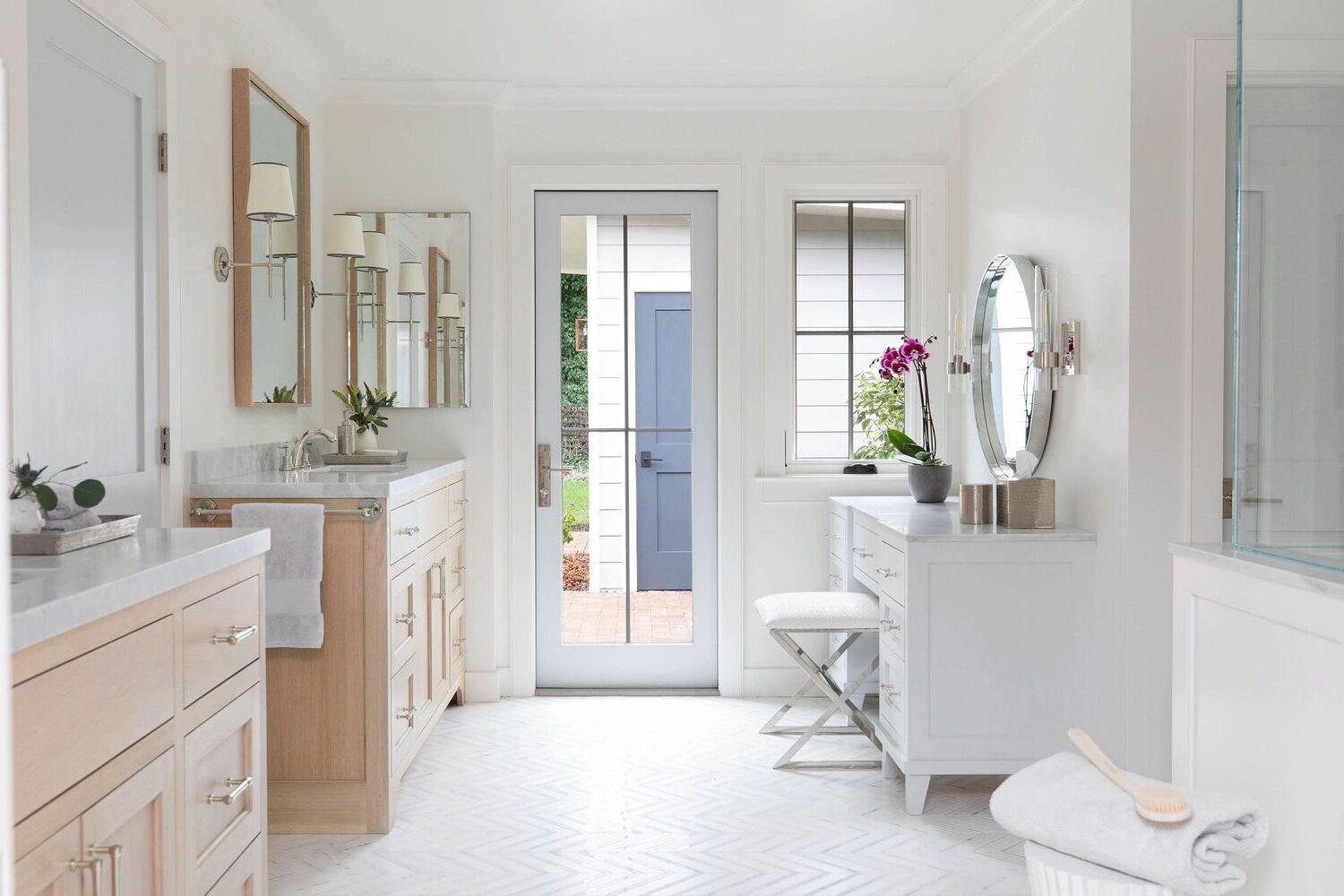

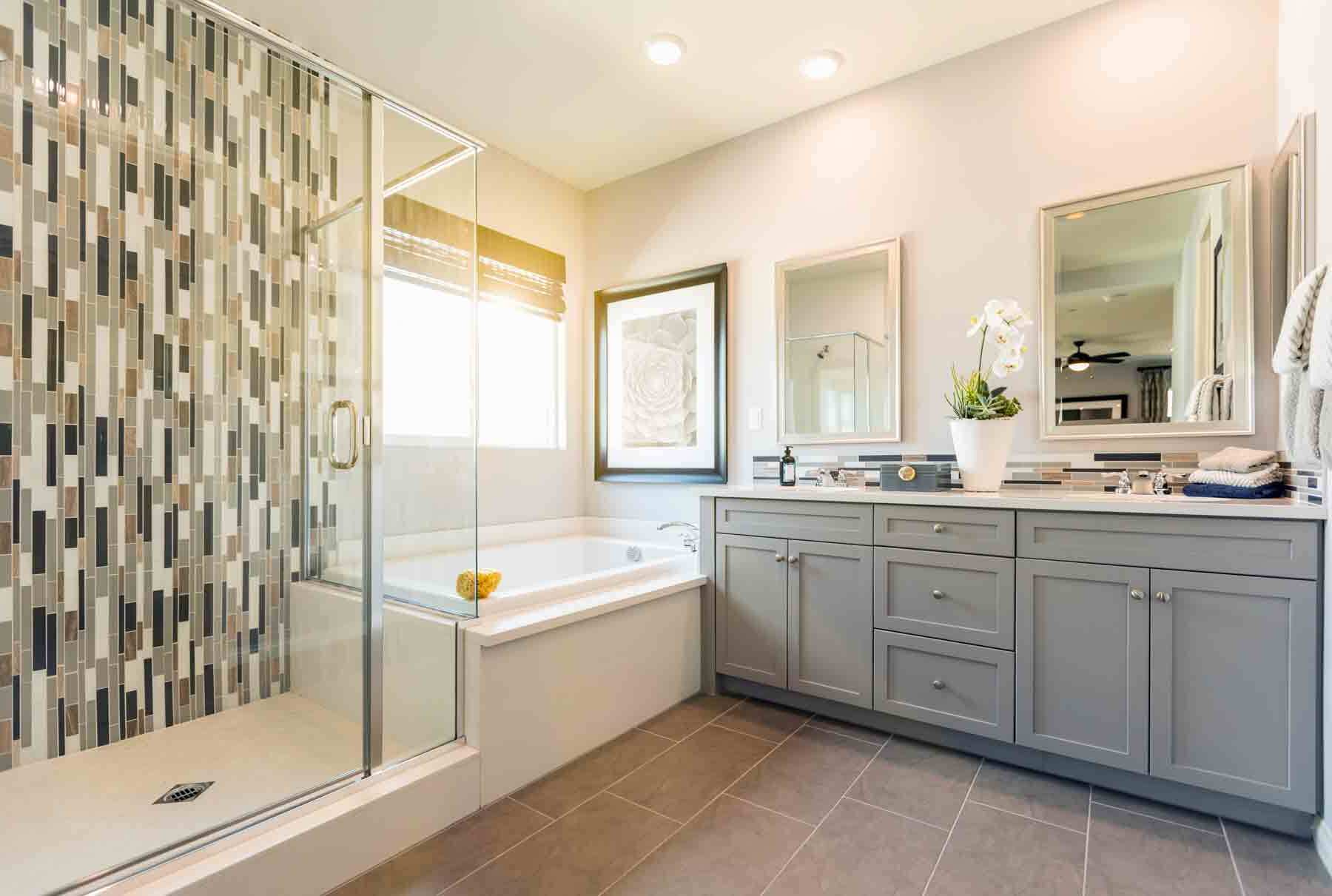
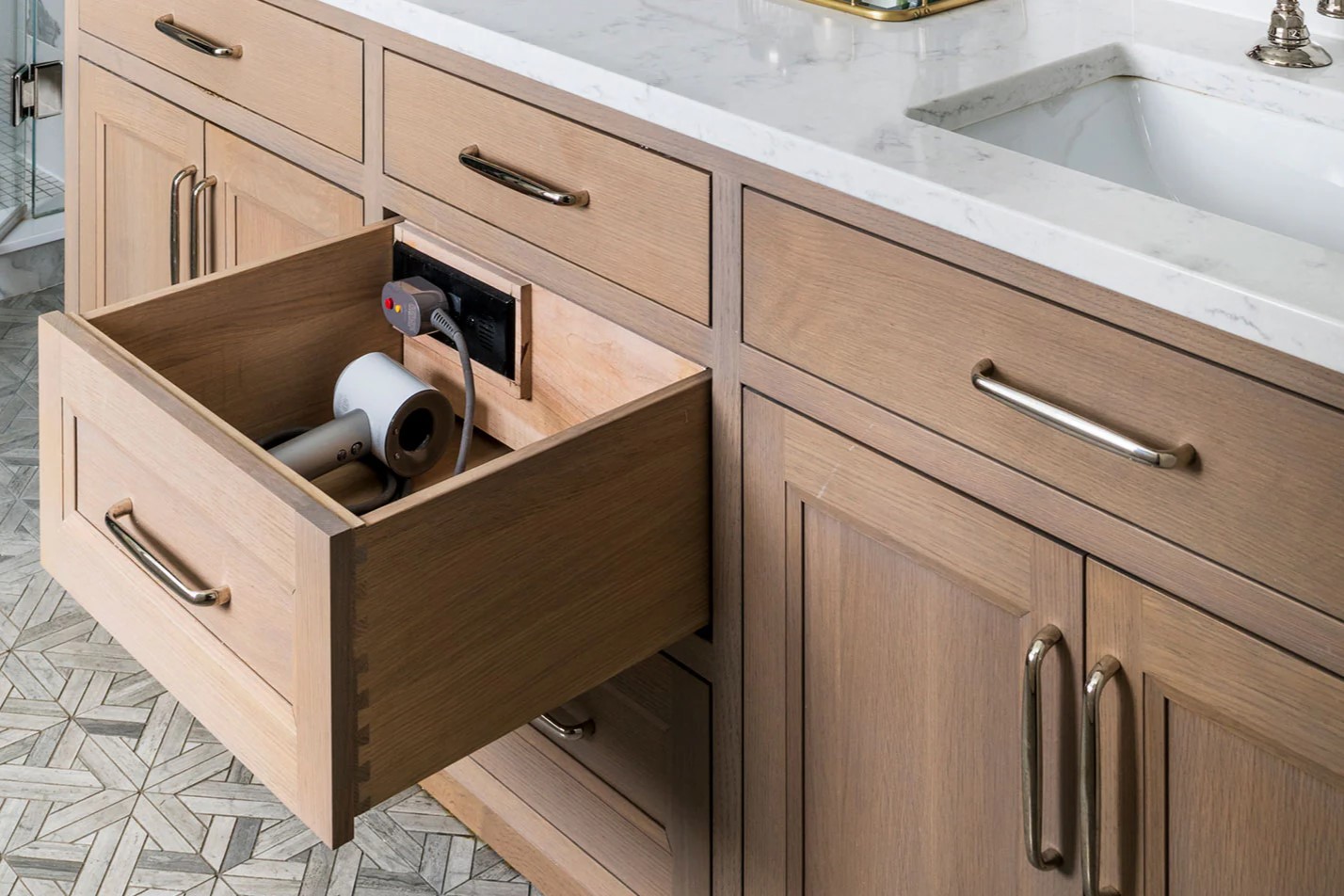
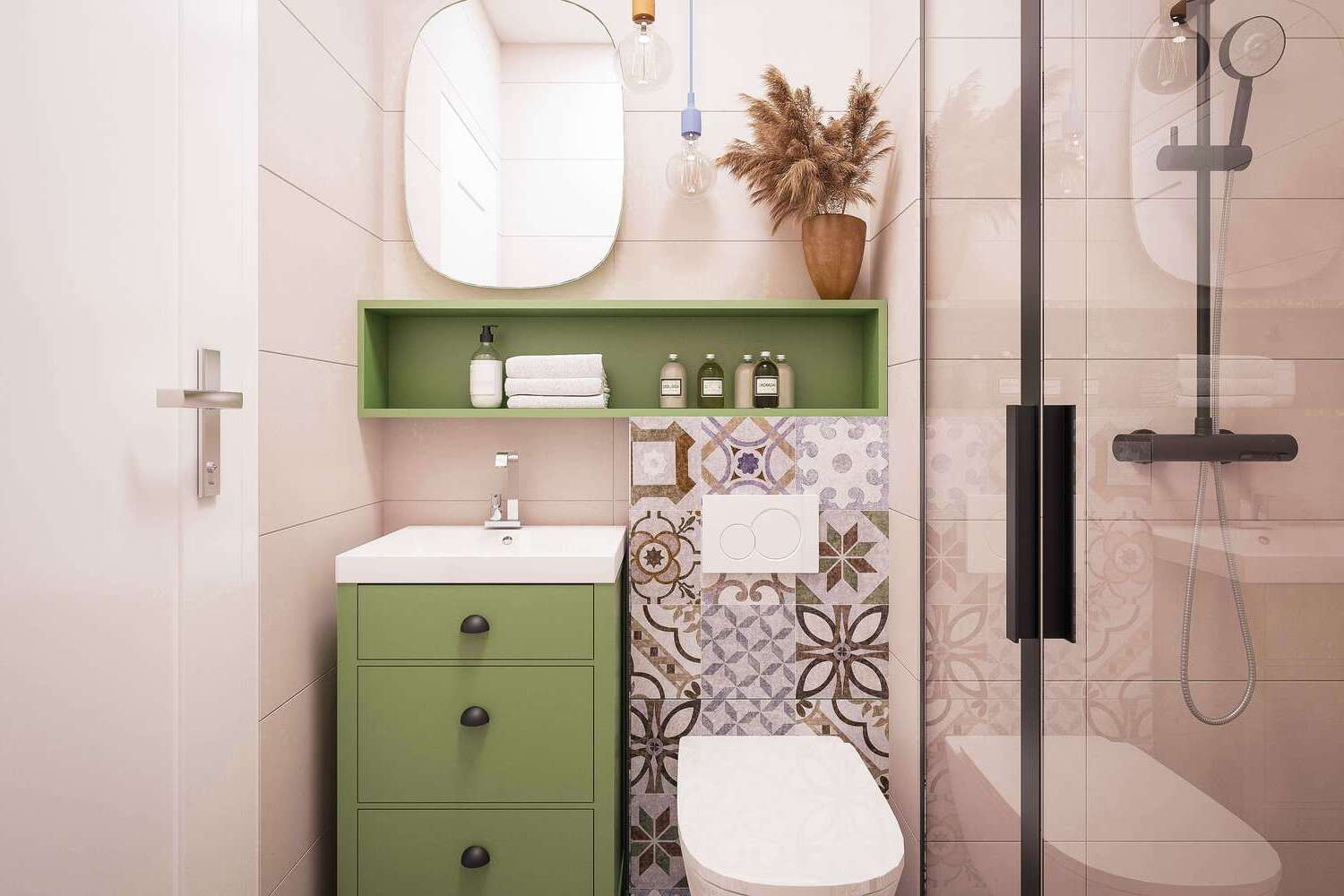
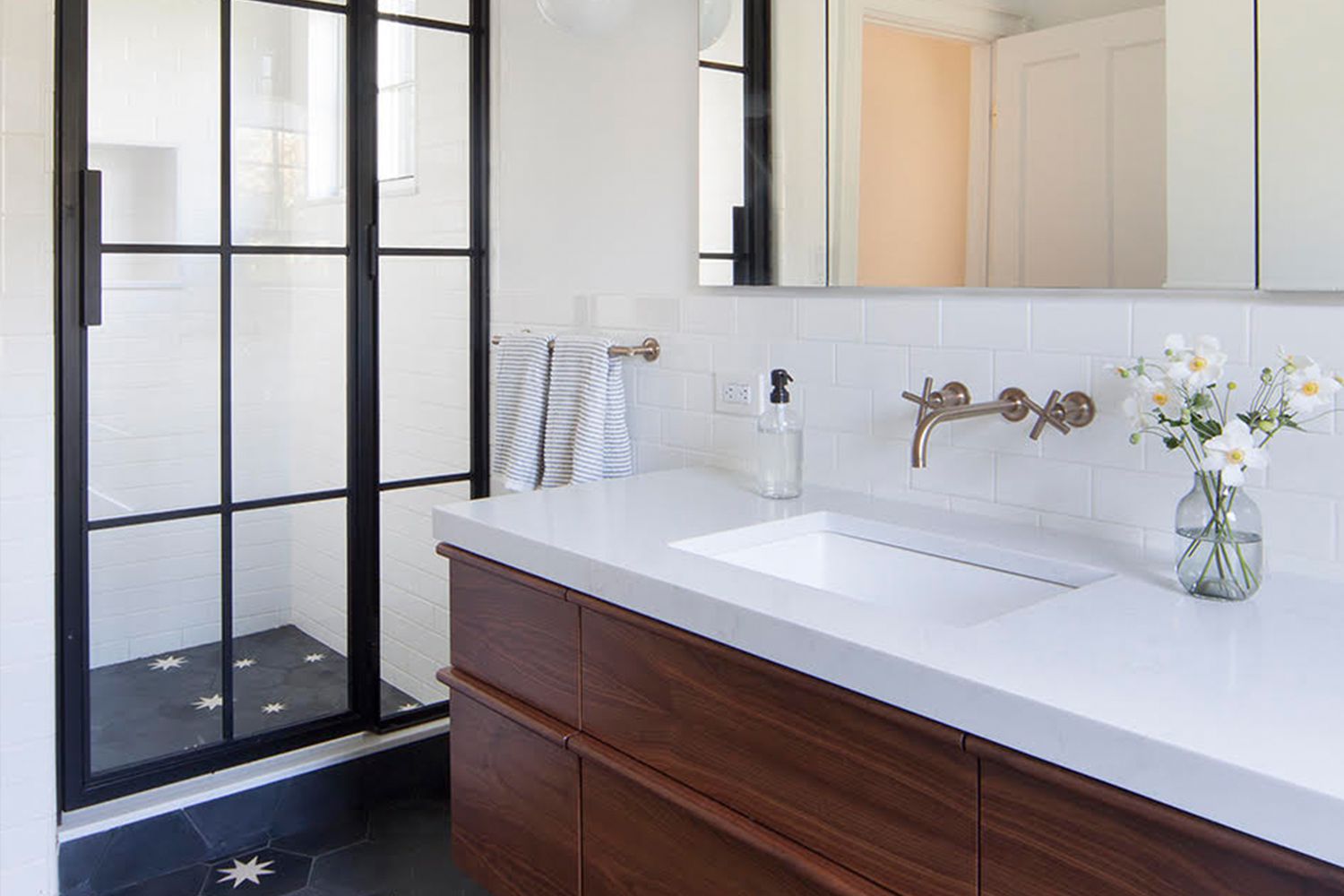
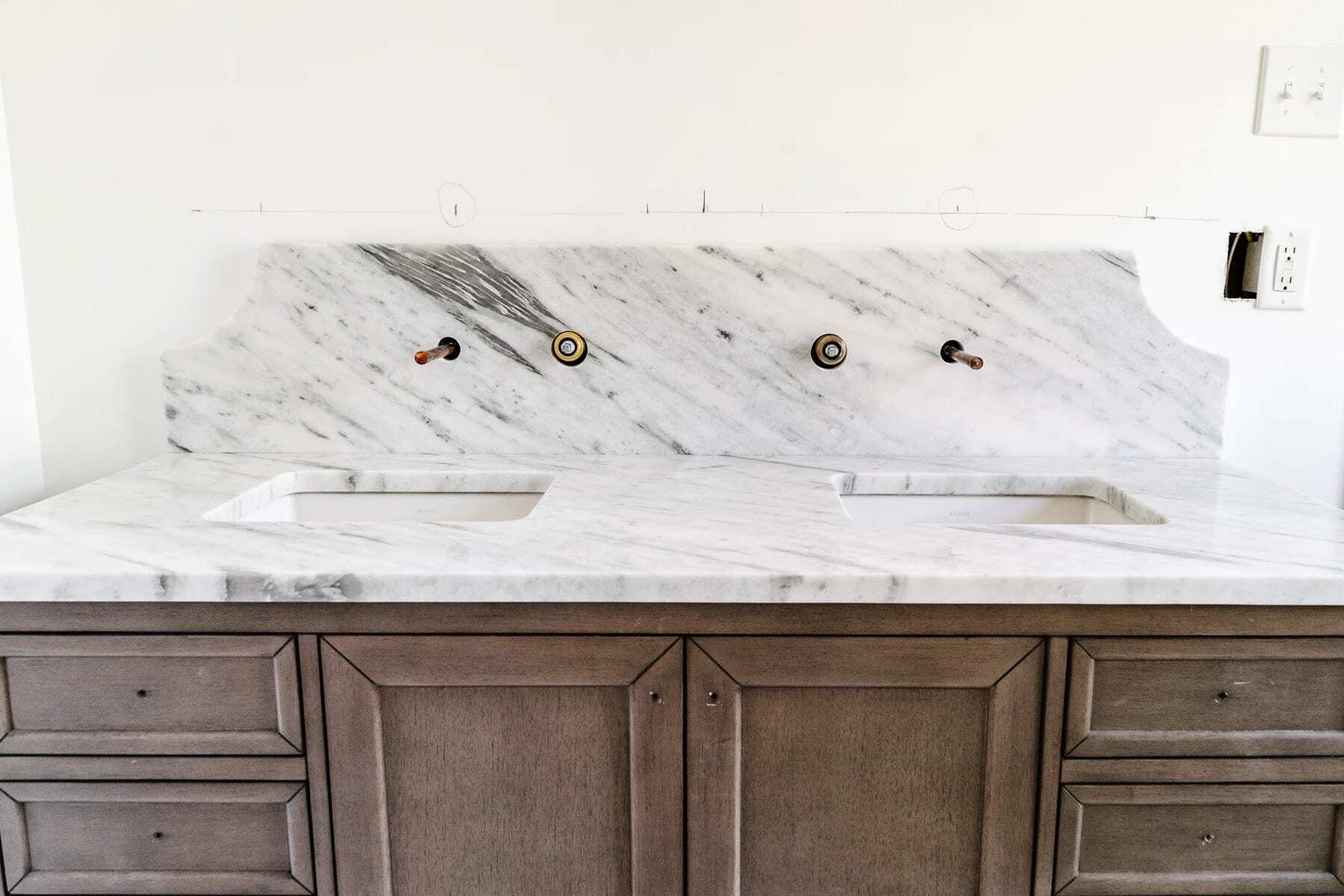
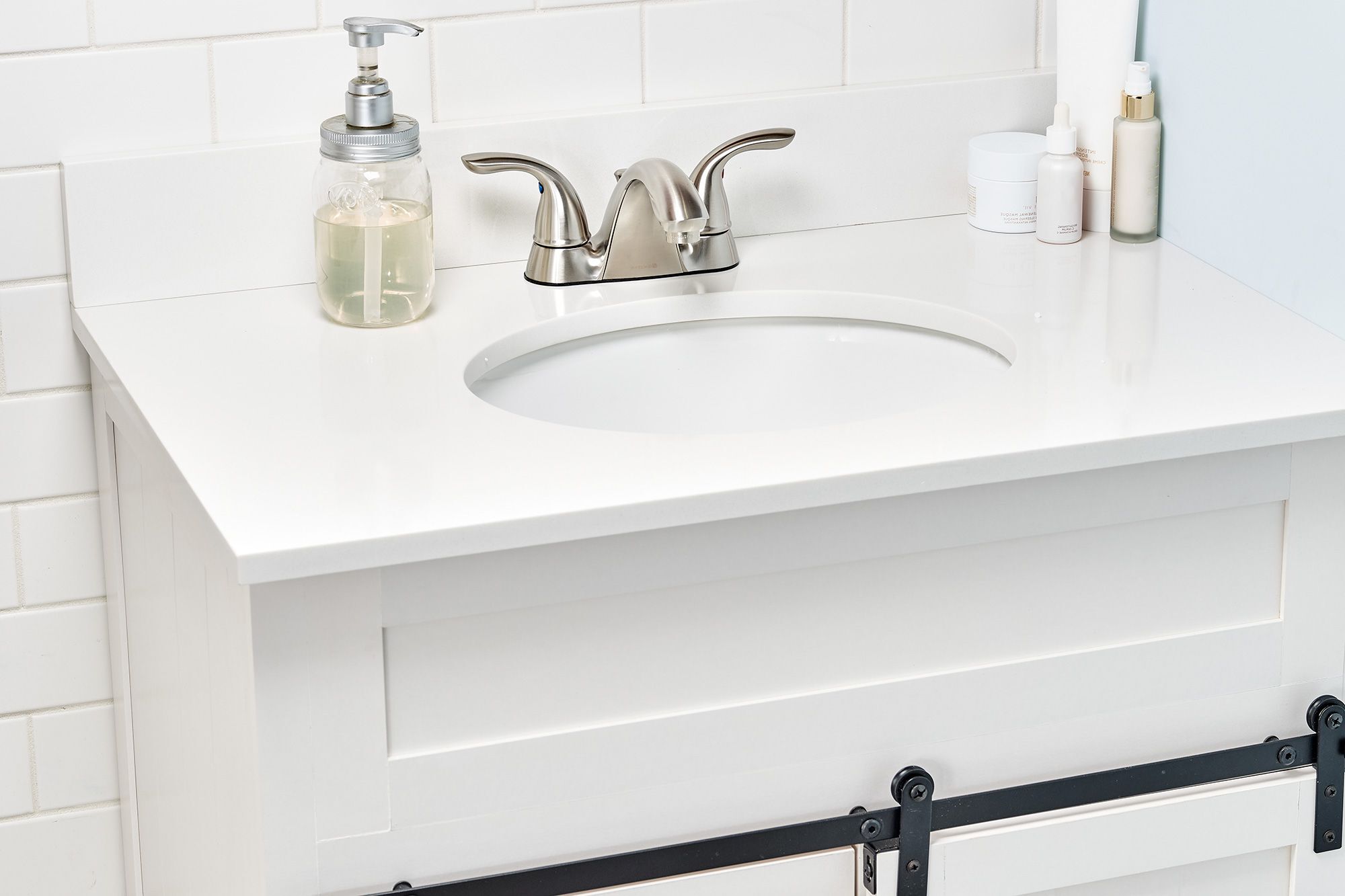

0 thoughts on “How To Choose And Install The Right Bathroom Vanity For A Vessel Sink”